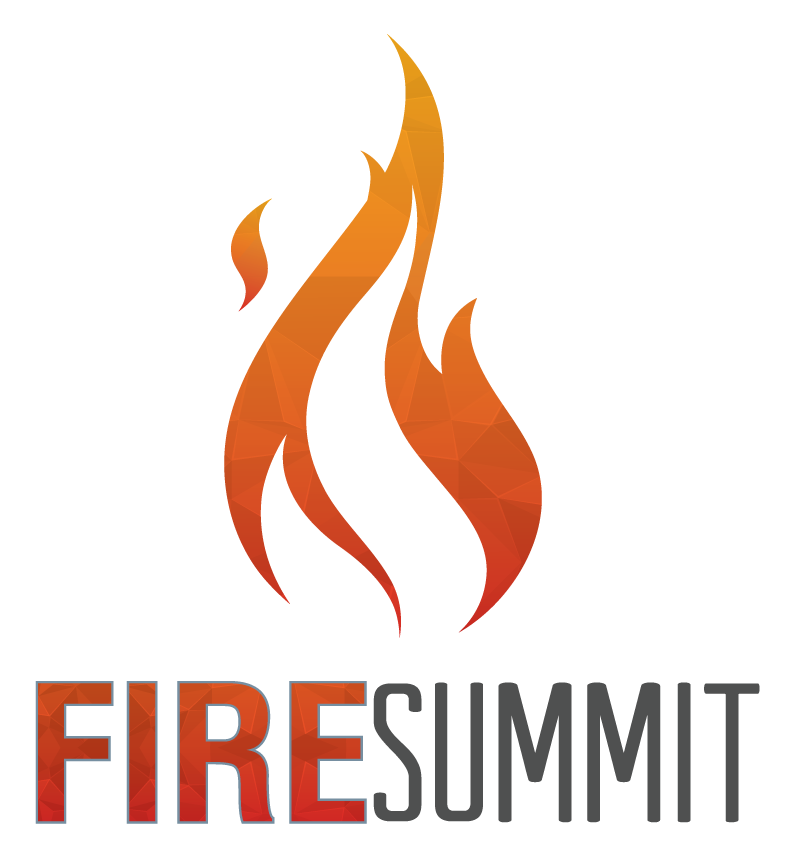Ballroom B – Breakout Segment A
Presenter 1: Gaylena Burchett
Literacy Changes Everything
Early identification is crucial when it comes to helping children who are having trouble learning to read. One of the most compelling findings from recent reading research is that children who get off to a poor start in reading rarely catch up. The best solution to the problem of reading failure is to find resources that assist in early identification and prevention.
Presenter 2: Ashley Taylor, Beverley Johnson, Lindsey Craft & Keisha Little
This Class Loves STEAMing!
How might a variety of hands-on, social play-based STEAM learning tools help my students with disabilities become engaged in STEAM activities, and how might these experiences and skills lead to opportunities for transition into the real world and work force? Having the means to incorporate several different types of STEAM-based activities into our daily and weekly routines would allow my students to access the engagement of STEAM, while also working on their social play skills. This project would hone skills such as technology skills, following directions, sequencing, and creating. They would be able to see their work come to life, and share it with others. I think this would give my students a great sense of pride and accomplishment, as well as ownership of their learning. Additionally, having STEAM related technical skills, such as coding, will help my older students to hone job skills which may in turn help them enter the work force successfully. These skills will also help them to transition to the real world by honing their social skills and giving them a hobby to enjoy.
Presenter 3: Brenda Centers
Renovate/Motivate
Imagine going into a classroom which looks like a restaurant setting. You see tall square kitchen tables and two futon couches. You sit at your table, look at the menu ( what you are learning today), and get started. Your teacher is your waitress (helping you whenever you need). Conferences and one-on-one assistance will be held at the futon section. Children love to sit at the tall tables when they eat out, why not make learning fun!
Presenter 4: Summer Brown
Reading is EPIC!
How can the implementation of a computer workstation that focuses on an online reading resource increase student engagement in independent reading to better help them achieve Accelerated Reader goals and increase overall reading achievement? My problem of practice centers around the observation that students that receive ELA instruction from me that are not in my homeroom do not have as many opportunities for independent reading time throughout the day and often struggle to meet their yearly Accelerated Reader goal set by the school because of this. The students in my homeroom are provided with at least 20 minutes of independent reading during homeroom. My nonhomeroom students are in a homeroom with a teacher who provides math instruction so they complete math activities during this time. In addition to this, the other classroom does not have a classroom library, so students do not have easy access to various reading materials during homeroom. Even though all students are encouraged to read at least 20 minutes at home, lack of reading materials, parental support, and lack of interest in reading add other barriers to these students. In order to address this problem, I plan to implement a computer workstation using an online reading resource, Epic!, in addition to a traditional reading zone using books from my classroom and school library. I plan to have students access the website Epic! which has over 25,000 books for children under the age of 12, during a 30-minute workstation rotation at least twice each week. Epic! offers many different book genres, including award winning children’s literature and comics, with audio book and read to me options. This will allow students the opportunity to choose what they read to find what interests them as readers. The read to me and audiobook options will benefit struggling and nonreaders.
Presenter 5: Michelle Salyers & Daphne Noble
Generation Genius
Improve student’s competency in the area of science. Generation Genius would be used to teach our fourth-grade students to analyze and interpret data. The program that uses video lessons developed in partnership with the National Science Teacher Association. The lessons are aligned with KY
Sciency Standards. Each lesson contains a video, lesson plan, teacher guide, vocabulary, DIY activity, guide, quizzes and stoppage for class discussions.
Presenter 6: Jessica Mullins
Opportunities with Ozobots: Coding with Colors
Coding with Colors Opportunities with Ozobots: Coding with Colors is a way to introduce my students to coding and robotics while fostering problem-solving skills in the areas of Science and Technology. Coding is an interactive hands on way for students to solve problems and is an important part of learning and preparing for future career readiness. Ozobot Bit Robots will encourage hands-on learning through play for students and help make problem solving concrete and tangible for them. Students will use Ozobot Bit Robots to learn programming in an intuitive way by bringing out the creative side of coding with color codes. Integrating coding into my STEAM curriculum will strengthen student understanding of the eight science and engineering practices, as well as improve problem solving, critical thinking, communication, collaboration, and computational thinking skills. Upon the development of foundational coding skills, students will then design solutions for real-world science and technology challenges. The Ozobot Bit Robots will encourage hands-on learning through play for students and help make problem solving concrete and tangible.
Presenter 7: Eden Elementary ACT Team
RTI – Doing What Works







